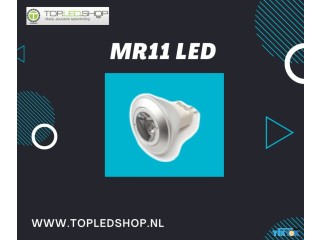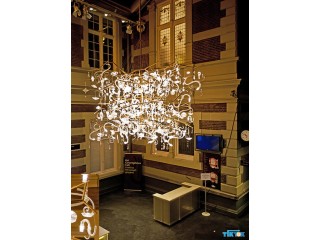Welded Bar Grating Private
2 years ago - Multimedia - San Antonio - 73 views -When to use Steel vs. Fiberglass Grating (FRP)
Floor gratings can be manufactured using several different materials and various types of steel, and aluminum, also including fiberglass, Buyers must choose the material that will best perform the functions required of the grating, keeping in mind such constraints as strength, durability, corrosivity, conductivity, weight, and cost. Environmentally conscious buyers also consider the environmental impact of each material and its future recyclability.
In this article we’ll compare Steel Welded Bar Grating to Fiberglass Grating to guide you in your choice as you decide on the best suited grating for your facility. While fiberglass is appropriate for certain use cases, steel is often the safer, more economical, and more environmentally friendly choice.
Choosing between Steel Welded Bar Grating and Fiberglass
Steel is stronger, more durable, and more economical than fiberglass. It is required for grating that must withstand heavy loads, such as vehicular traffic. For elevated platforms and flooring, steel is the safer choice. Slip-resistant coatings and treads can be applied to steel grating for stairways and walkways. Steel Grating can also offered in a serrated surface for more traction. Buyers who require corrosion resistance can choose stainless steel grating over carbon steel.
Steel is more environmentally friendly than fiberglass. Fiberglass is constructed from reinforced fiberglass plastic that releases VOCs (Volatile Organic Compounds), which, at high volumes, are harmful to human health and indoor air quality. As most fiberglass products are imported, carbon emissions are released to transport them overseas. Furthermore, while Steel Bar Grating can be recycled, fiberglass cannot. In addition, since the integrity of fiberglass products can be compromised over time as the plastic is exposed to UV radiation, the grating is difficult to reuse or repurpose.
Fiberglass is lighter than steel, electrically non-conductive, and corrosion resistant. It is often used in the food, chemical, and wastewater processing industries because it doesn’t rust. Since it can withstand frequent submersion in water, fiberglass is a popular choice of grating for foot bridges, handrails, decks, and pond skimmers.
Stairs are usually just seen as a way to move between levels, not as a decorative element of their own. But stairs comprise enough interior space that they deserve to be decorated, too. You can inexpensively improve the appearance of your stairs and help them function as design elements with covers, runners, paint, or tile. The Stair Treads are the horizontal surface that your walk on when you go up or down the stairs. The stair riser is the vertical portion between the treads. Not all staircases have risers.
The ultimate way to revamp your stairs is to remove the stair treads and risers and completely replace them. But that's more work and more cost than you need to take on—especially when there is a far easier solution. Instead, install covers over the stair treads and risers. With these decorative covers, all parts of your stairs remain in place. Once installed, the stair tread and riser covers look exactly like the real thing.



















